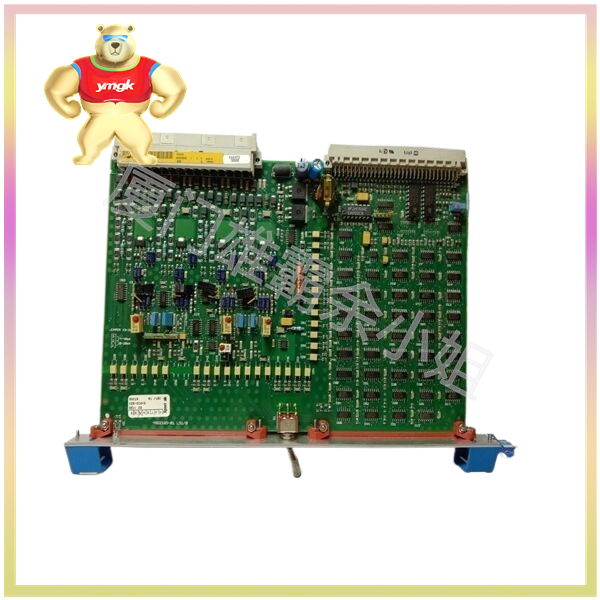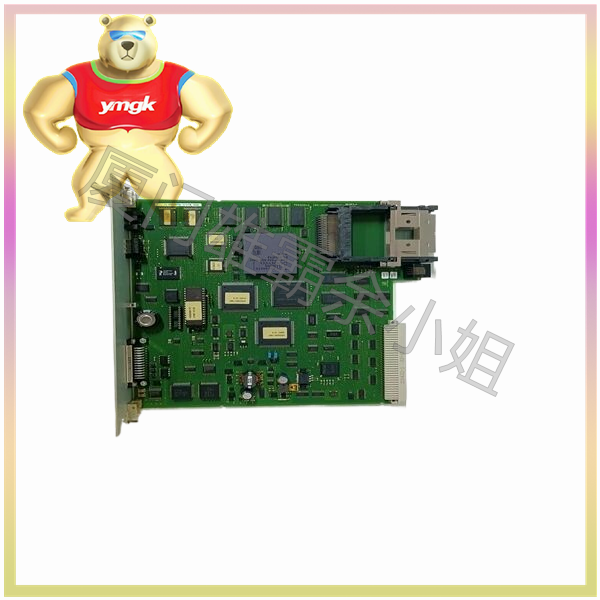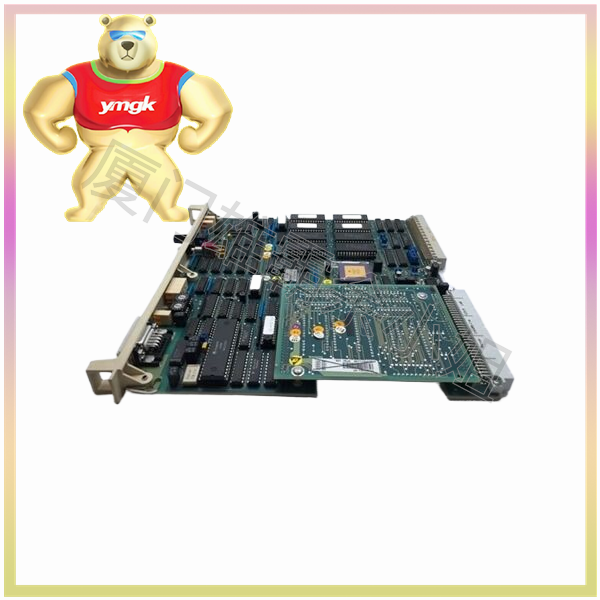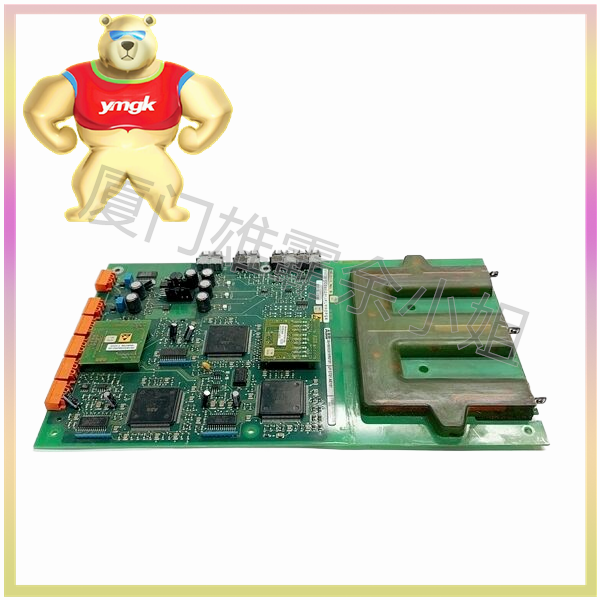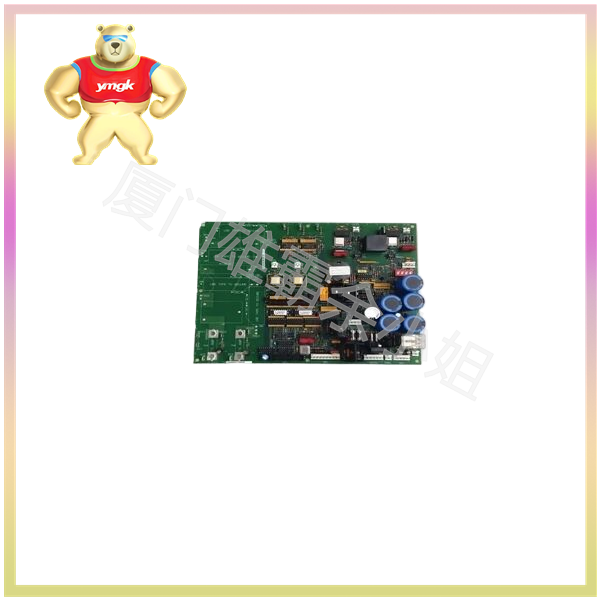Disadvantages of Control Relays
Today, relays have been applied in various fields of household and industrial control. They have higher reliability than previous products. However, this also brings some problems along with it. As the vast majority of control relays are operated under long-term wear and fatigue conditions, they are prone to damage. Moreover, the contacts of the relay are prone to arcing and may even melt together, leading to misoperation and serious consequences. Furthermore, for a specific device equipped with hundreds of relays, its control box will be large and cumbersome. Under full load conditions, large relays will generate a significant amount of heat and noise, while also consuming a large amount of electrical energy. And the relay control system must be manually wired and installed. If there are simple modifications, it also requires a lot of time, manpower, and material resources to modify, install, and debug.
2、 The advantages, characteristics, and functions of programmable controllers
Programmable controllers are known for their small size and powerful functions. They can not only easily perform sequential logic, motion control, timing control, counting control, digital operations, data processing, and other functions, but also establish connections with various production machinery digital and analog quantities through input and output interfaces, thereby achieving automatic control of the production process. Especially now, with the arrival of the information and network era, the functions of PLC have been expanded, making it have strong networking communication capabilities, and thus more widely used in many industries.
- Sequential control
Sequential control is the most fundamental and widely used field of PLC. The so-called sequential control refers to the automatic operation of various actuators in the production process according to the sequence of the process flow, under the action of control signals. Due to its flexible programming design, fast speed, high reliability, low cost, and easy maintenance, it can completely replace traditional relay contactor control systems in achieving single machine control, multi machine group control, and production process control. It mainly controls the mechanical moving parts to perform corresponding operations based on operation buttons, limit switches, and other on-site command signals and sensor signals, thus achieving automated production line control. Typical applications include control of automatic elevators, automatic opening and closing of electromagnetic valves on pipelines, and sequential starting of belt conveyors. For example, the raw material mixing system in my factory utilizes the sequential control function of PLC.
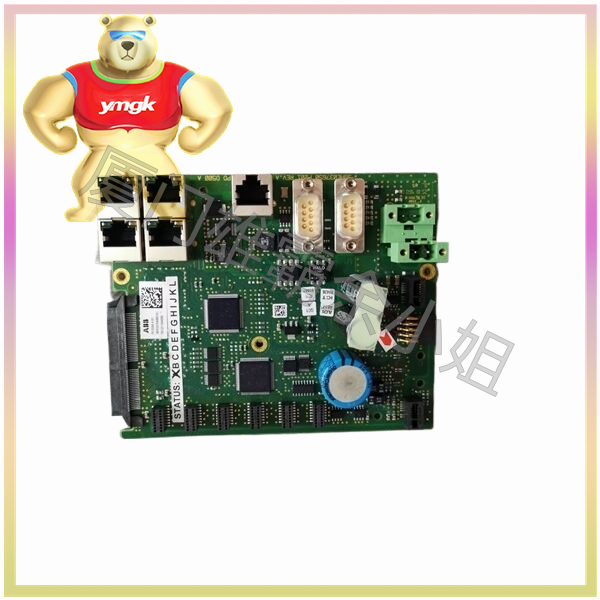
- Closed-loop process control
In the past, PID analog regulators composed of hardware circuits were used to achieve open and closed loop control for process control analog quantities. Nowadays, PLC control systems can be fully adopted, using analog control modules whose functions are completed by software. The accuracy of the system is determined by the number of bits and is not affected by components, making it more reliable. It is easy to implement complex control and advanced control methods, and can simultaneously control multiple control circuits and parameters. For example, temperature, flow rate, pressure, speed, etc. during the production process.
- Motion position control
PLC can support the control and management of CNC machine tools. In the mechanical processing industry, programmable controllers are integrated with computer numerical control (CNC) to complete the motion and position control of machine tools. Its function is to receive processing information from input devices, process and calculate it, and send corresponding pulses to the driving device. Through stepper motors or servo motors, the machine tool moves on a predetermined track to complete the automatic control of multi axis servo motors. Currently used for controlling applications such as centerless grinding, stamping, segmented punching of complex parts, rolling and milling.
- Monitoring and management of the production process
PLC can be connected to external devices such as display terminals and printers through communication interfaces. As a human-machine interface (HMI), a display is an intelligent device that contains microprocessor chips. When combined with a PLC, it can replace numerous control buttons, selection switches, signal indicator lights, as well as a large number of intermediate relays and terminal blocks in the production process simulation screen and electrical control cabinet. All operations can be performed on the operating elements on the display screen. PLC can conveniently and quickly collect and process data during the production process, and display parameters in binary, decimal, hexadecimal, ASCII characters, and other formats. On the display screen, the color changes of icons reflect the operating status of on-site equipment, such as valve opening and closing, motor starting and stopping, position switch status, etc. PID loop control uses comprehensive methods such as data and bar charts to reflect changes in quantities during the production process. Operators can adjust parameters through parameter settings, search for data records at any time through data queries, and save relevant production data through printing. This brings convenience to future production management and analysis of process parameters.
- Network characteristics
PLC can meet the communication and networking requirements between multiple PLCs or between multiple PLCs and a computer, thereby forming a multi-level distributed control system and a factory automation network.
(1) Remote monitoring of the control system is achieved through communication modules, upper computers, and corresponding software.
(2) By connecting to remote client computers through modems and public telephone networks, managers can remotely monitor the control system through telephone lines.

